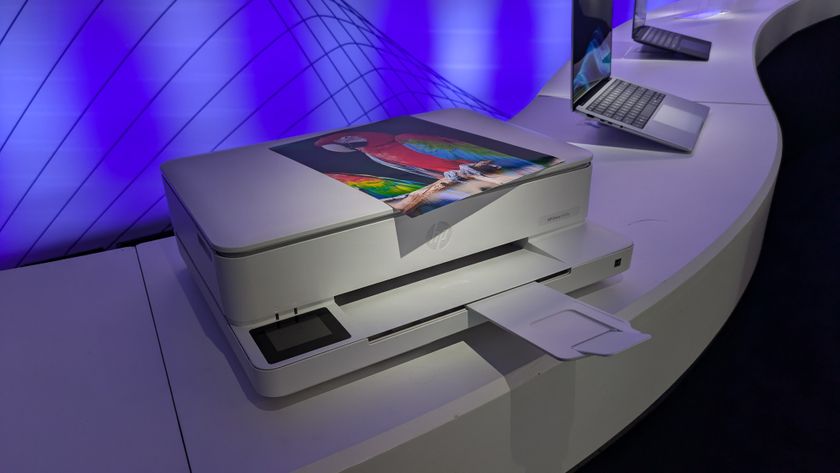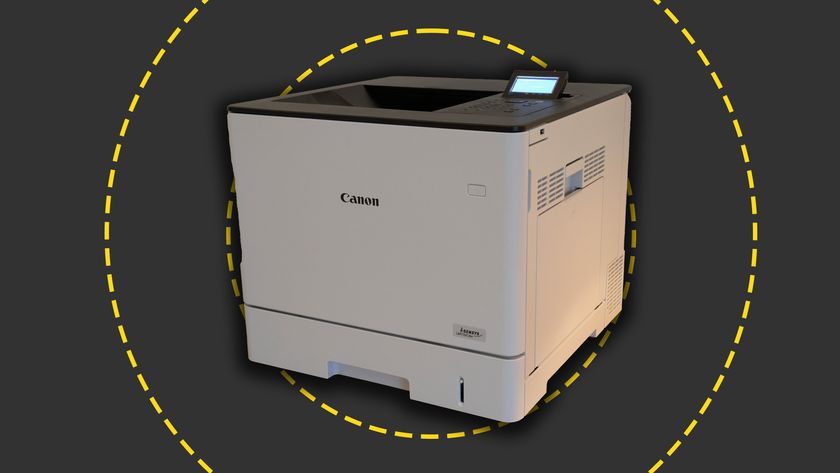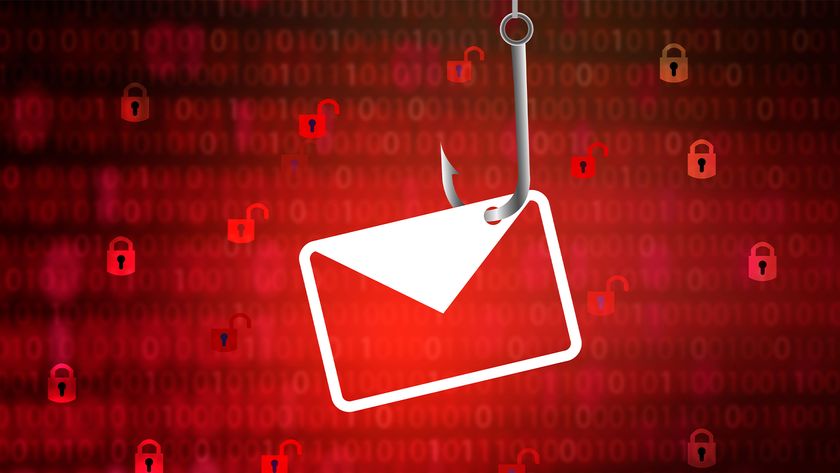Terrorists, technology and fighting back
We investigate how extremists are using technology in their attempts to spread terror and threaten businesses.
One feature we came across spoke specifically about how the UPS and FedEx attempts were set up.
Talking about the connection between the mobile device, revealed to be a Nokia, and the printer cartridge, the article read: "We removed the circuit board from the mobile and attached it next to a circuit board of the printer so if passed through a scanner the mobile circuit board would blend in with the circuit boards of the printer and even if opened it would not be recognised as a mobile."
Propaganda?
The same article mocked British efforts at preventing attacks, in particular intimating other technologies will be used in future strikes.
"The British Government said that if a toner weighs more than 500 grams it won't be allowed to board a plane," it read.
"Who is the genius who came up with this suggestion? Do you think that we have nothing to send but printers?"
Given the publication is pushing propaganda and it's questionable just how effective such methods would be against the most up-to-date equipment, it would be easy to dismiss some of the threats. The reality is, the possibilities are very worrying indeed.
Get the ITPro. daily newsletter
Sign up today and you will receive a free copy of our Focus Report 2025 - the leading guidance on AI, cybersecurity and other IT challenges as per 700+ senior executives
One startling claim made in the same edition suggested the aforementioned bombs had actually exploded, rather than found in the UK and UAE. The writers even went as far to say the operation, and the technology that went with it, had succeeded.
They also revealed the cost of the attack, whether it was foiled or not, amounted to $4,200 (2,625). The money was spent on two Nokia mobiles for $150 each and two HP printers for $600 in total. The rest went on shipping, transportation and other "miscellaneous expenses." It appears even on a tight budget, anyone wanting to cause some damage won't need to spend big the downside of low prices of today's technology.
Time also appeared to be of little consequence in this operation, with just three months required from start to finish, according to Inspire writers. Expertise, it seems, is not in short supply either.
Tom Brewster is currently an associate editor at Forbes and an award-winning journalist who covers cyber security, surveillance, and privacy. Starting his career at ITPro as a staff writer and working up to a senior staff writer role, Tom has been covering the tech industry for more than ten years and is considered one of the leading journalists in his specialism.
He is a proud alum of the University of Sheffield where he secured an undergraduate degree in English Literature before undertaking a certification from General Assembly in web development.

















